Senator's Study
Introduction
Author-Uploaded Audio
00:00 / 00:00
Listen to a narration of this entry's description by Lougheed House National & Provincial Historic Site .
Text-to-speech Audio
Images
Image 1, Sentator's Study, 2020
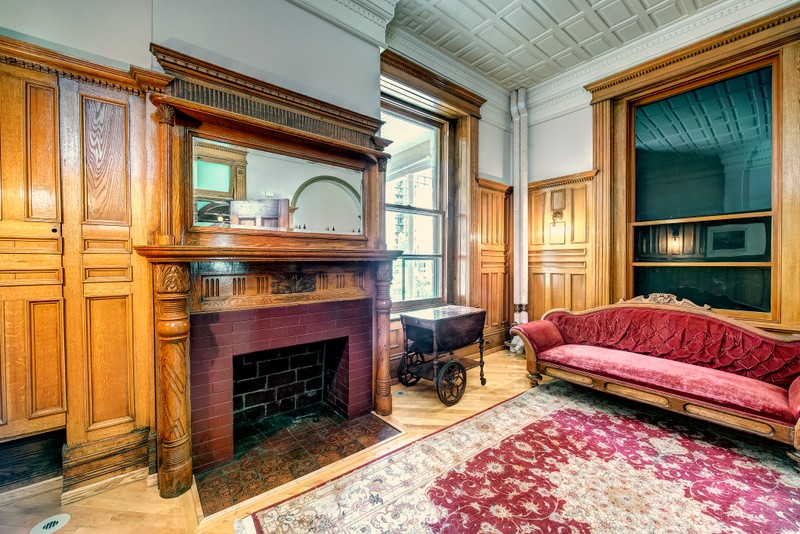
Image 2, Senator's Study, 2020
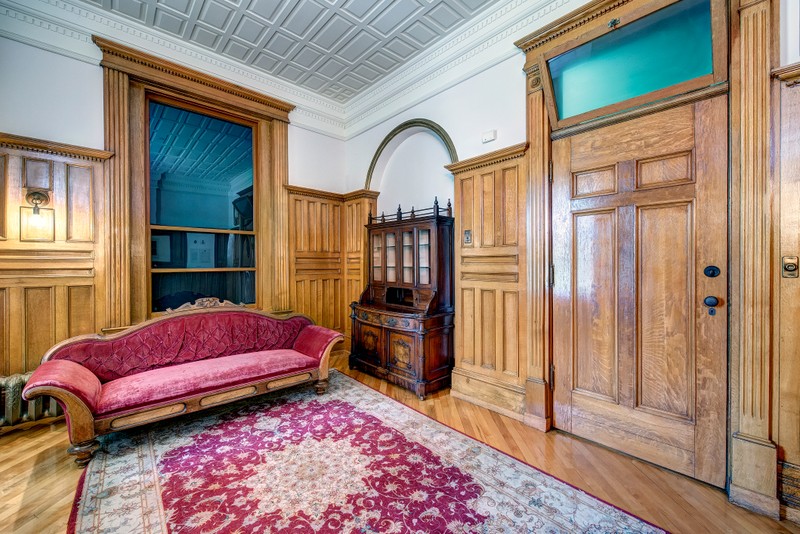
Image 3, Senator's Study, 2020
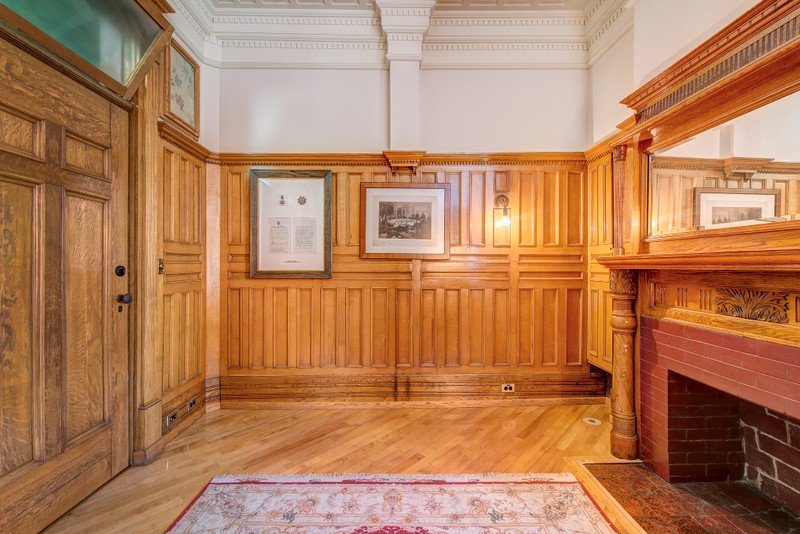
Image 4, Senator's Mahogany Chair
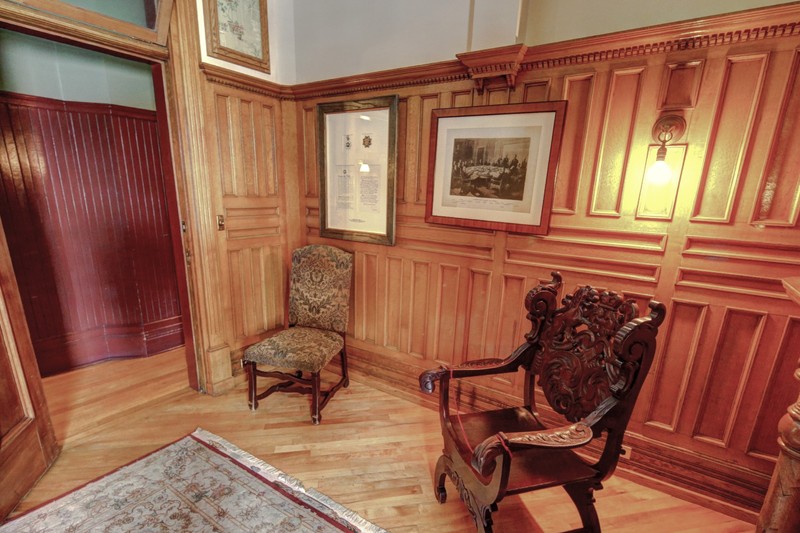
Image 5, Senator's Study during the Red Cross era, c. 1950s
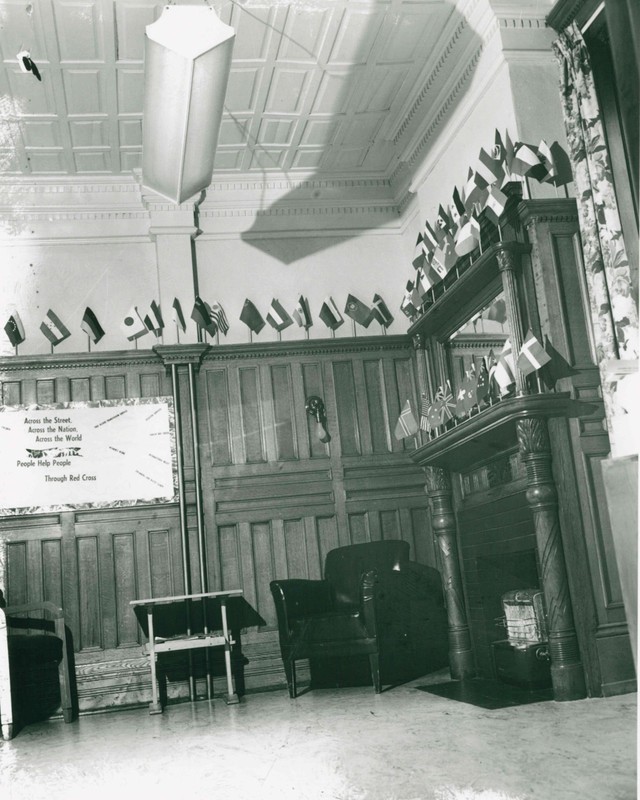
Image 6, Telephone c. early 1910s
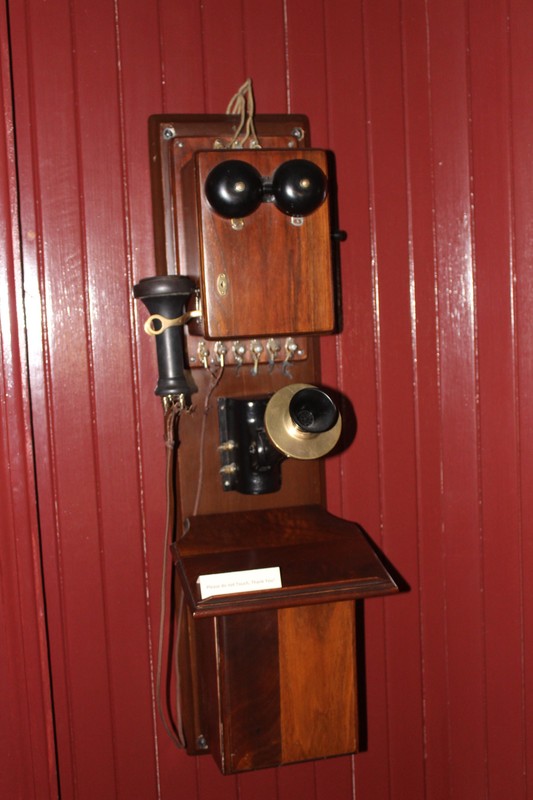
Image 7, King George V, c. 1911
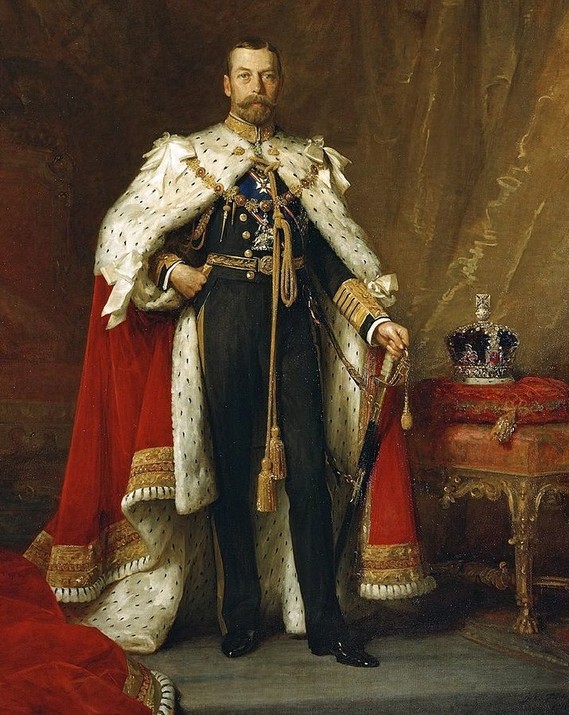
Backstory and Context
Author-Uploaded Audio
00:00 / 00:00
Listen to a narration of this entry's description by Lougheed House National & Provincial Historic Site .
Text-to-speech Audio
This is the Lougheeds’ Telephone (Image 6).
It was one of the first telephones in Calgary, which is why the telephone number was simply 77.
Likely, the majority of calls were made to the senator’s law firm – Lougheed and Bennett – at number 21. In essence, the line acted more like an intercom than what we now know as a telephone.
The location of the phone was probably not where you see it today at the end of the Main Hall. Likely, it would not have been in plain sight at all, since it would have probably been answered by servants.
Needless to say, unlike today’s homes, it was the only phone in the house.
Introducing…King George V (Image 7).
This was the monarch who bestowed the knighthood upon James Lougheed in 1916.
A grandson of Queen Victoria, cousin of Tsar Nicholas of Russia and Kaiser Wilhelm of Germany, George ruled over the United Kingdom from 1910 to his death in 1936.
As King George, he was the symbolic figurehead for the empire throughout the important years of World War One – right through to the equally difficult years of the Depression in the early 1930s.
It was George who established the name Windsor for his family, as an attempt to remove all traces of its previous German connections. And that name that still exists today as the proper surname of the British Royal Family.
Cite This Entry
National & Provincial Historic Site , Lougheed House . "Senator's Study." Clio: Your Guide to History. August 19, 2020. Accessed March 14, 2025. https://theclio.com/tour/1488/8
Sources
..
Chris Stutz, Chris Stutz Custom Photos
Chris Stutz, Chris Stutz Custom Photos
Chris Stutz, Chris Stutz Custom Photos
LHCS Collection
Glenbow Archives NA-2864-4384m
LHCS Collection
Public Domain, Royal Collection

